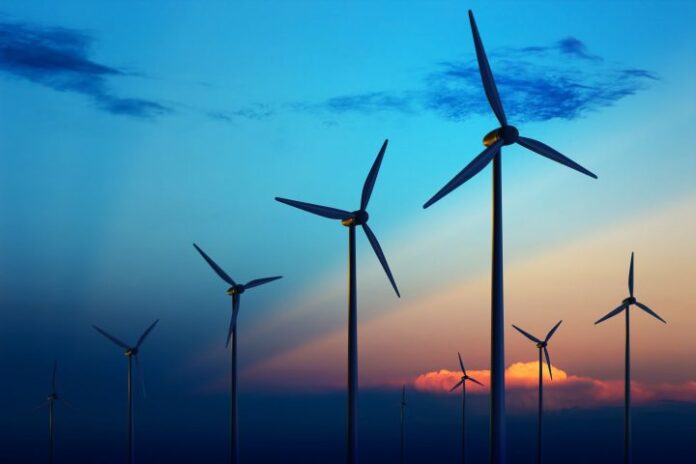Renewable energy is part of Telia’s larger commitment to create a climate-neutral value chain by 2030
Telia Company signed two long-term Power Purchase Agreement (PPA) for renewable energy supplies with Better Energy in Denmark and with Eesti Energia in Estonia. The deal in Denmark stipulates that 125 GWh of additional renewable electricity will be supplied to the Danish electricity grid per year, while Eesti Energia will supply 156 GWh of renewable wind electricity to Telia over five years, representing 70% of the power needs of the company’s assets.
“To deliver sustainably and support the transition to low carbon societies, Telia is committed to run our networks and business only on renewable electricity,” said Rainer Deutschmann, group chief operating officer at Telia Company. “Moving into the PPA space is an important step to achieve that long-term, while providing certainty to both energy producers and us as a buyer.”
Telia has committed to create a “climate-neutral value chain” by 2030, and it claimed that its shift to renewable electricity has contributed to a 78% reduction of greenhouse gas emissions within its own operations, compared to 2018.
In its Denmark and Estonia markets, Telia is looking to ensure that 75% of the electricity used by in its joint network with Telenor in Denmark will be powered by solar cell-produced electricity by 2024. Additionally, Better Energy will build a new solar cell park which will be hooked up within three years. In Estonia, Telia is targeting using wind for 70% of its electricity needs in the country by the end of this year.
Earlier this year, Telia worked with European energy firm Fortum to connect the former’s data center located in Finland’s capital city Helsinki to the regional electricity market. The Helsinki Data Center has on-premises uninterrupted power supply (UPS) systems made by ABB. The batteries help to balance power demands on the regional grid.
This balancing of power is particularly useful for Telia because renewable energy sources like wind and solar power — which the company is clearly investing in — are intermittent. “The key is to even out the peaks and troughs in demand,” explained Fortum. “UPS systems and their batteries offer very quick regulating power.”

